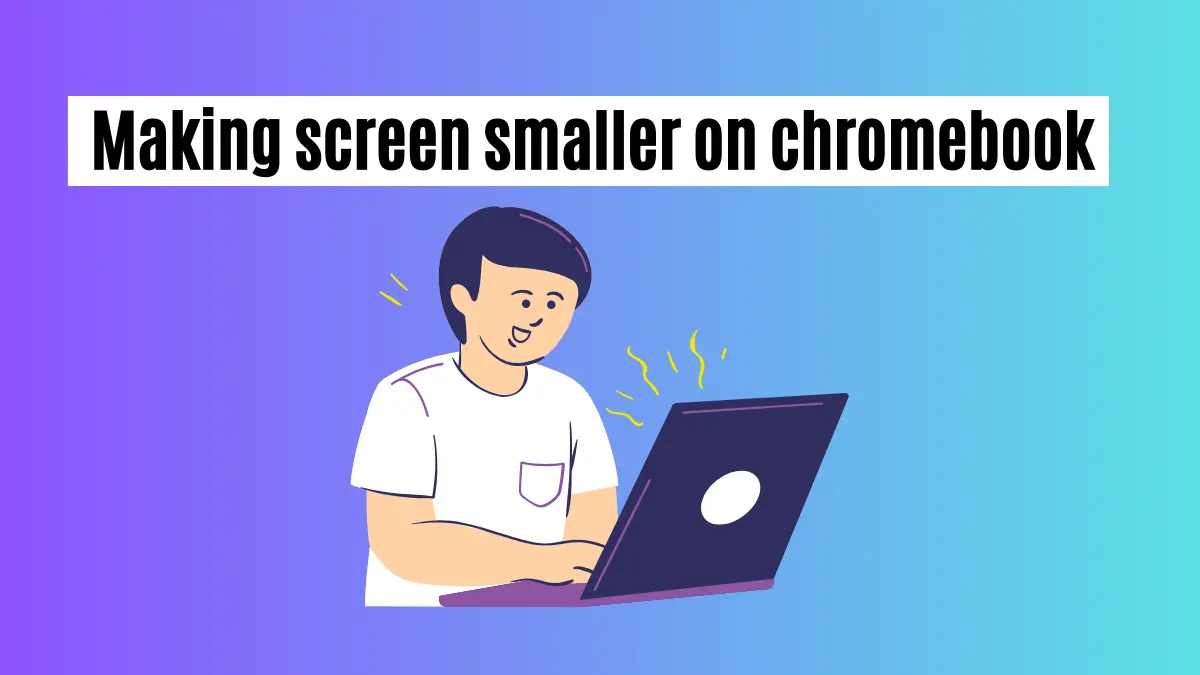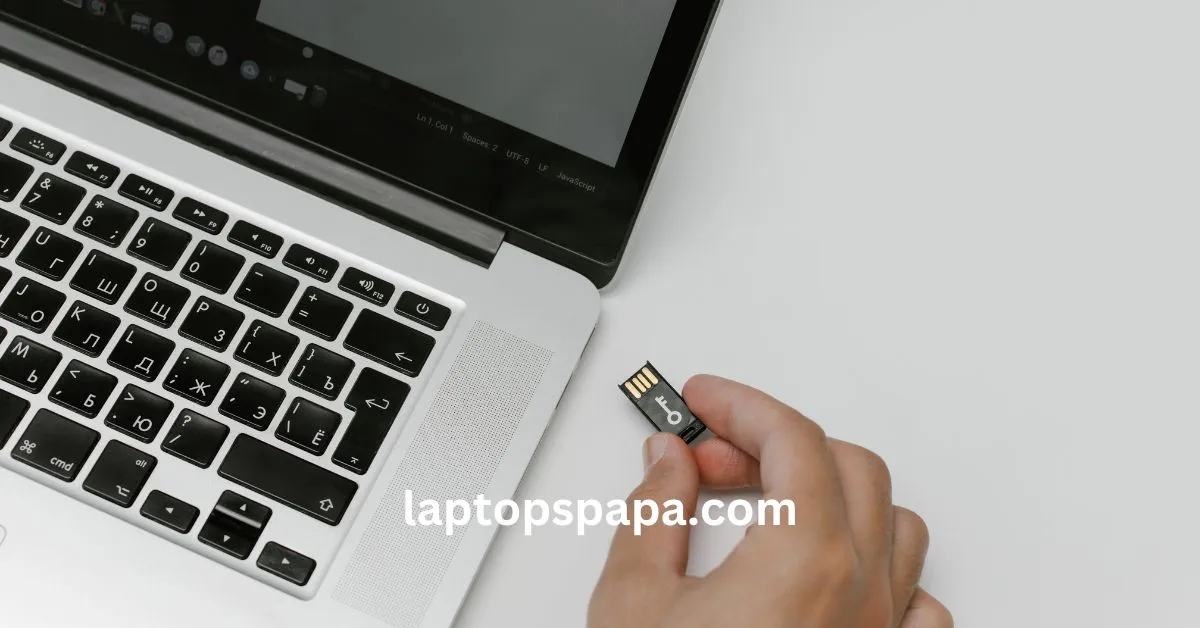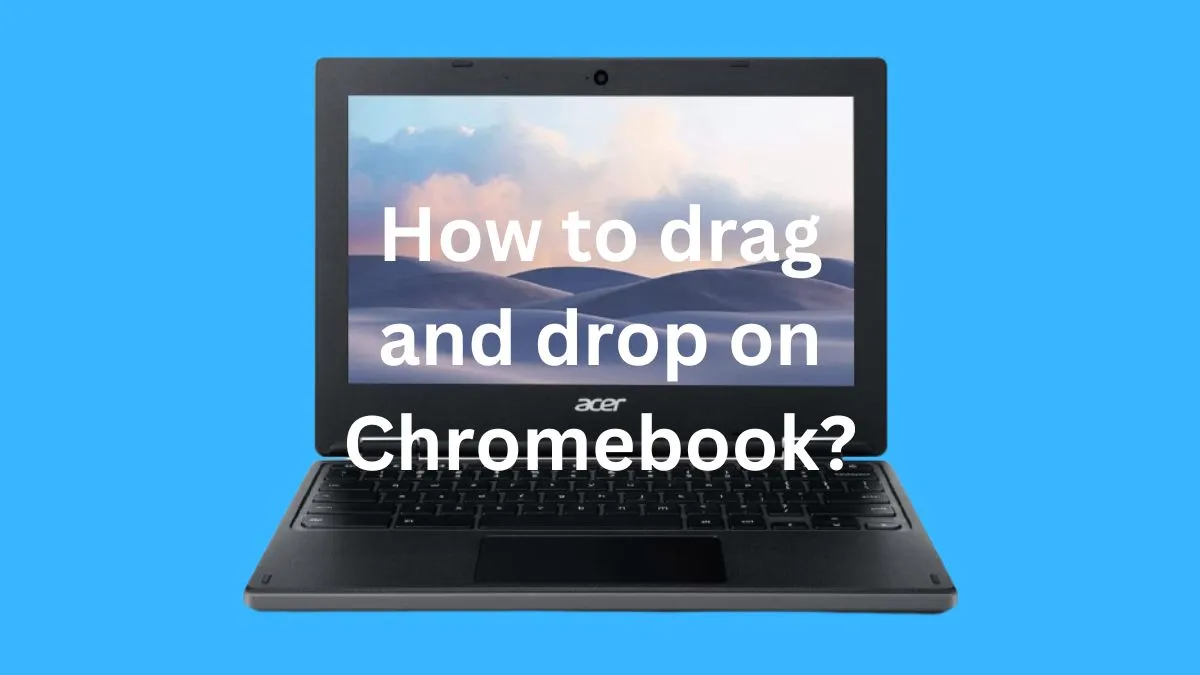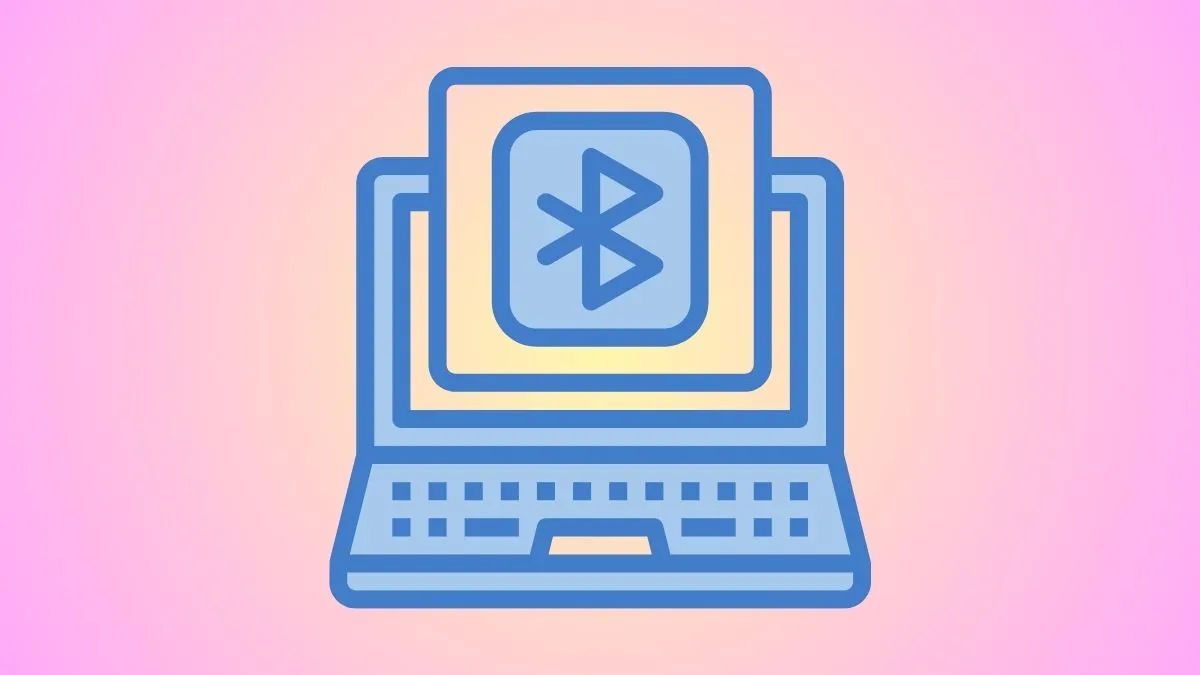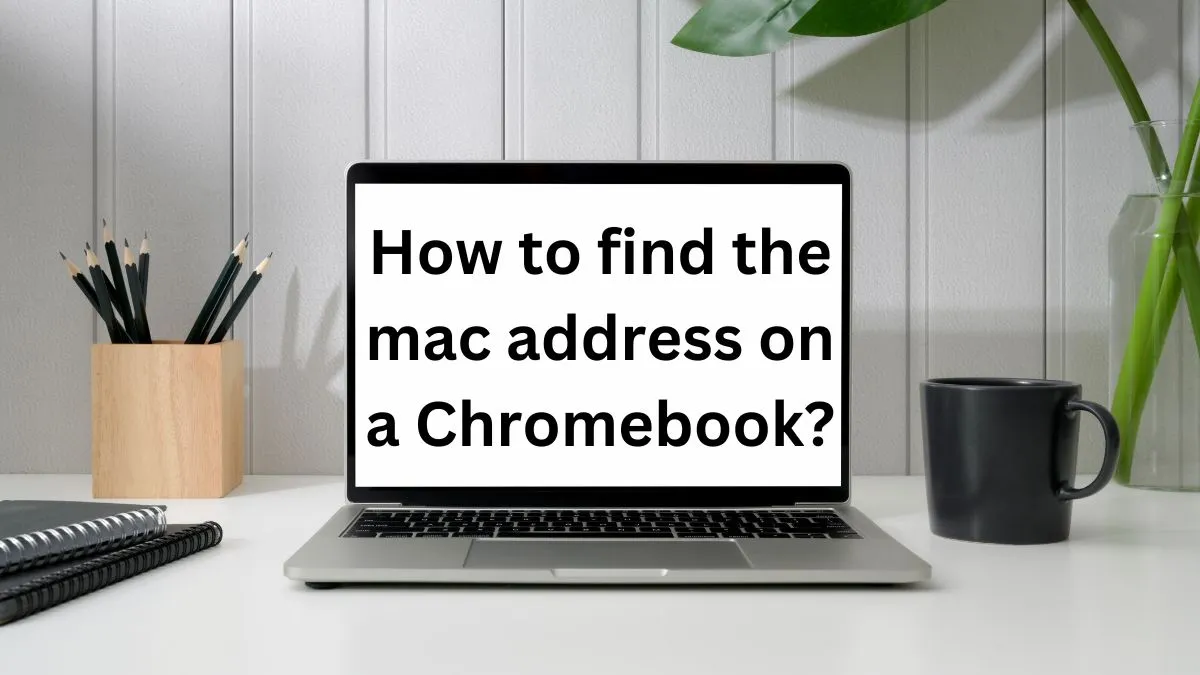Chromebooks are popular laptops known for their fast performance, compact size, and affordable pricing. These devices run on Chrome OS, a lightweight operating system designed by Google.
However, like any other electronic device, Chromebooks can encounter various issues that may hinder the user experience.
One common issue that users may face during setup is the “network not available” error. This can be frustrating, especially if you’re trying to connect to a Wi-Fi network for the first time.
In this guide, we will discuss why this error may occur and the steps you can take to fix it.
Possible Reasons for Chromebook network not available during setup:
There could be several reasons why your Chromebook is not able to connect to a network during setup. Some of the most common ones include:

- Weak Wi-Fi signal: If your Chromebook is too far from the router or there are obstacles in between, it may not be able to detect a strong enough Wi-Fi signal.
- Router compatibility issues: Certain routers may not be compatible with Chromebooks, causing connection problems.
- Incorrect network settings: It’s possible that the network settings on your Chromebook are not configured correctly, leading to connectivity issues.
- Outdated software: If your Chrome OS is outdated, it may cause compatibility problems with newer networks.
Troubleshooting Steps to fix Chromebook network not available during setup
If you’re facing the “network not available” error during setup, here are some troubleshooting steps that can help resolve the issue:

- Ensure that your Chromebook is within the range of your Wi-Fi network and there are no physical obstacles blocking the signal.
- Restart both your Chromebook and router to see if that resolves the issue.
- Check the compatibility of your router with Chromebooks. If it’s not compatible, consider using a different router or contacting your internet service provider for assistance.
- Make sure that the network settings on your Chromebook are correct. You can do this by going to “Settings” > “Network” > “Wi-Fi”. Check if the Wi-Fi is turned on and select the correct network from the list.
- If you’re using a VPN, try disabling it temporarily as it may interfere with your network connection.
- Ensure that your Chrome OS is up to date by going to “Settings” > “About Chrome OS” > “Check for Updates”.
- If all else fails, try performing a factory reset on your Chromebook. It will erase all data, so make sure you have backed up important files beforehand to restore your Chromebook if something went wrong.
Additional Tips and Recommendations
- If you’re still unable to connect to a network after following the troubleshooting steps, you may need to contact your internet service provider for assistance.
- If you’re using a public Wi-Fi network, make sure you have entered the correct login credentials or have accepted the terms and conditions before trying to connect.
- It’s always a good idea to keep your Chrome OS up to date to avoid compatibility issues with networks and other devices.
- Consider using a Wi-Fi extender if you frequently face weak or unstable Wi-Fi signals in your home or workplace.
Why is my Chromebook saying connected but no Internet?
Aside from the “network not available” error, another common issue that Chromebook users may encounter is being connected to a Wi-Fi network but unable to access the internet.
It can be caused by a variety of reasons including incorrect network settings, outdated software, or even issues with the website you’re trying to access.
To troubleshoot this issue, try following these steps:
- Check if other devices can connect to the internet using the same network. If not, there may be an issue with your router or internet service provider.
- Make sure that you have entered the correct network password on your Chromebook.
- Try accessing a different website to see if the problem is specific to one website or if it persists across all websites.
If it’s only one website, the issue may be with the site itself.
- Ensure that your Chrome OS is up to date by going to “Settings” > “About Chrome OS” > “Check for Updates”.
- If the problem persists, try clearing your browser cache and cookies, or using a different browser.
Conclusion
The “network not available” error during Chromebook setup can be caused by various factors, such as weak Wi-Fi signals, router compatibility issues, or incorrect network settings.
By following the troubleshooting steps outlined in this guide, you should be able to resolve the issue and successfully connect your Chromebook to a network.
Additionally, keeping your device and software up to date can prevent similar issues in the future.
If all else fails, don’t hesitate to seek assistance from your internet service provider or a technical expert. With the right steps and resources, you can get your Chromebook up and running smoothly in no time. So keep exploring the possibilities with your new Chromebook!
FAQs
Why is my Chromebook not connecting to my Wi-Fi?
There could be several reasons why your Chromebook is not able to connect to a Wi-Fi network.
Some common ones include weak signals, incorrect network settings, or outdated software. Follow the troubleshooting steps in this guide to resolve the issue.
Can I connect my Chromebook to a wired network?
Yes, you can connect your Chromebook to a wired network using an Ethernet cable and USB adapter. Simply plug in the adapter into your Chromebook’s USB port and connect the Ethernet cable to it.
How do I reset my Chromebook network?
To reset your Chromebook network, follow these steps:
- Click on the time in the bottom right corner of your screen.
- Select “Settings” from the pop-up menu.
- Scroll down and click on “Advanced” at the bottom.
- Under “Reset settings,” click on “Reset Wi-Fi, mobile & Bluetooth.”
- Confirm by clicking “Reset” in the pop-up window.
Can I use a mobile hotspot with my Chromebook?
Yes, you can use a mobile hotspot with your Chromebook as long as it has Wi-Fi capabilities. Simply turn on the hotspot on your mobile device and connect to it from your Chromebook’s network settings.
Keep in mind that this may consume a lot of data and drain your mobile device’s battery. Use this option only if necessary.
